Water
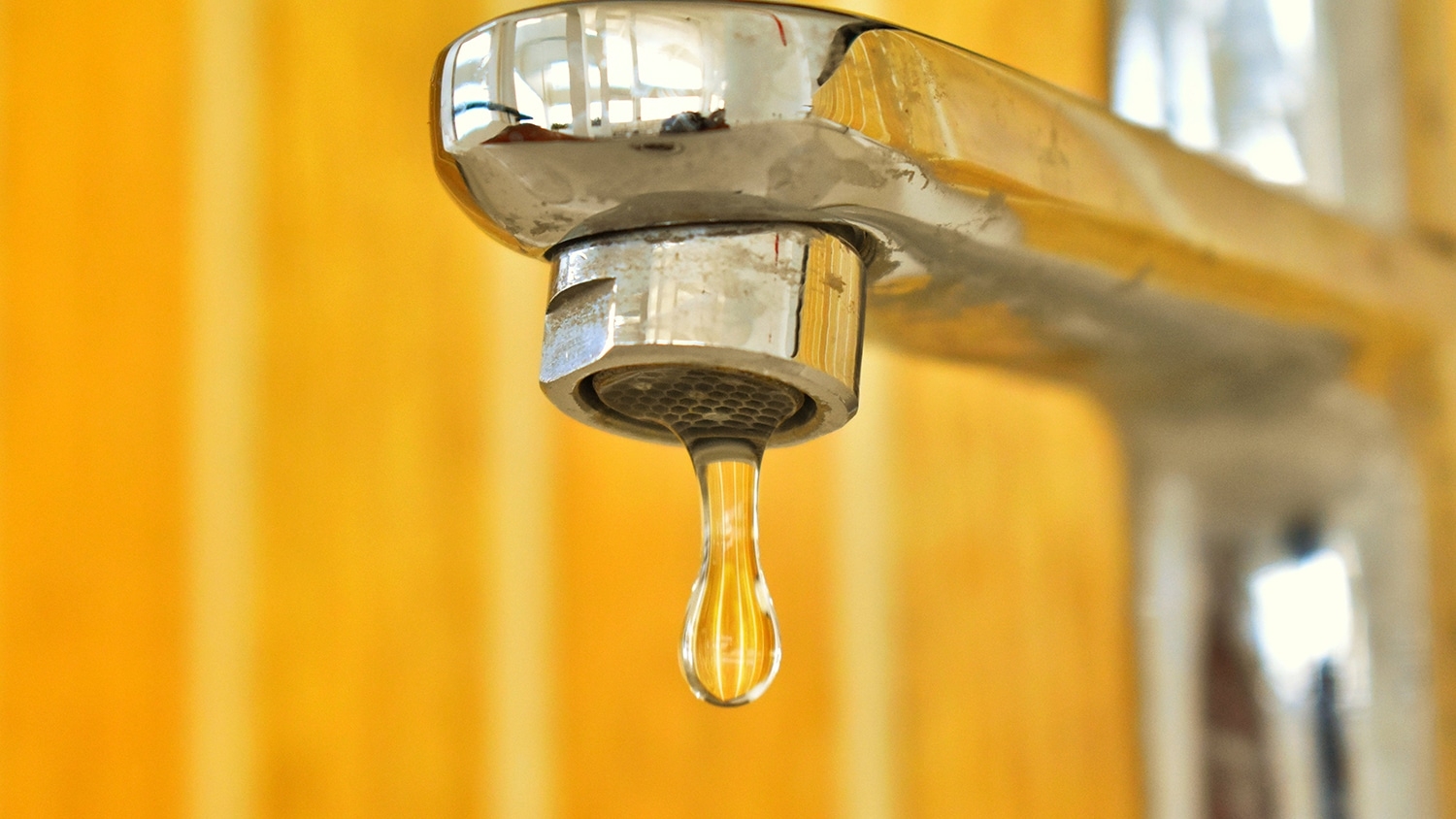
It Could Take Over 40 Years for PFAS to Leave Groundwater
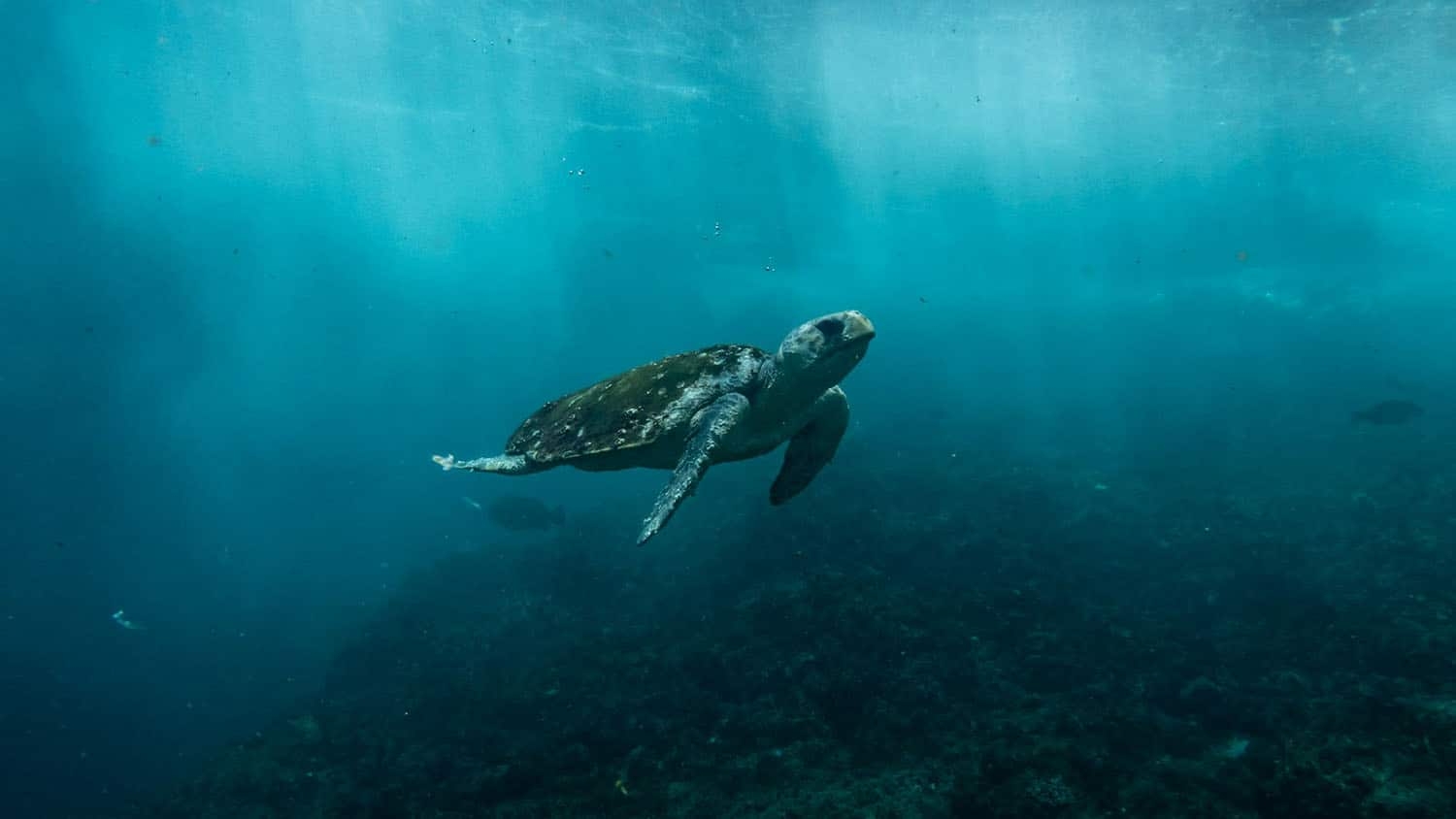
Can Sea Turtles Get Too Cold During the Winter in North Carolina?
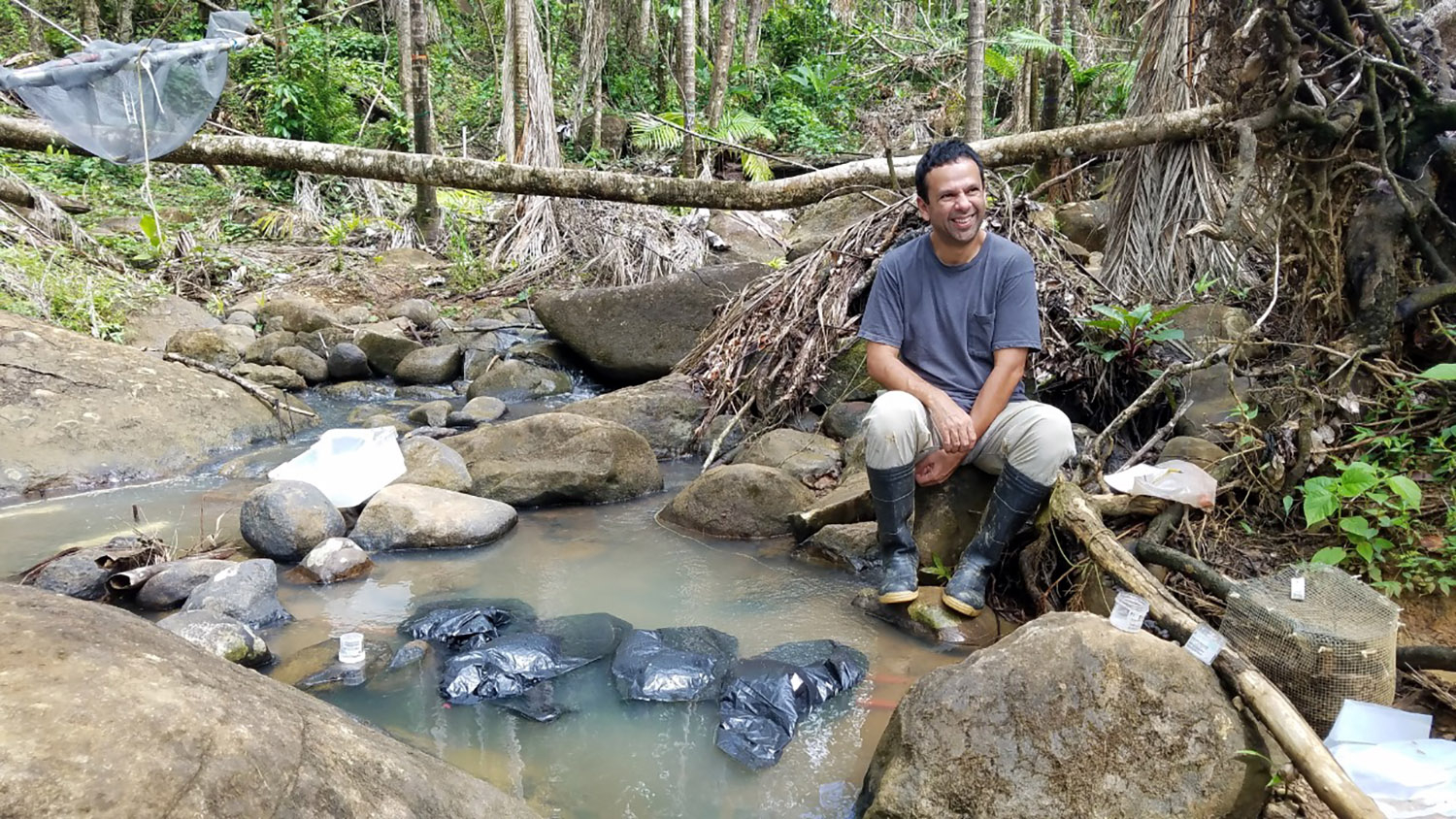
Creating Cultural Connections Through Aquatic Ecology
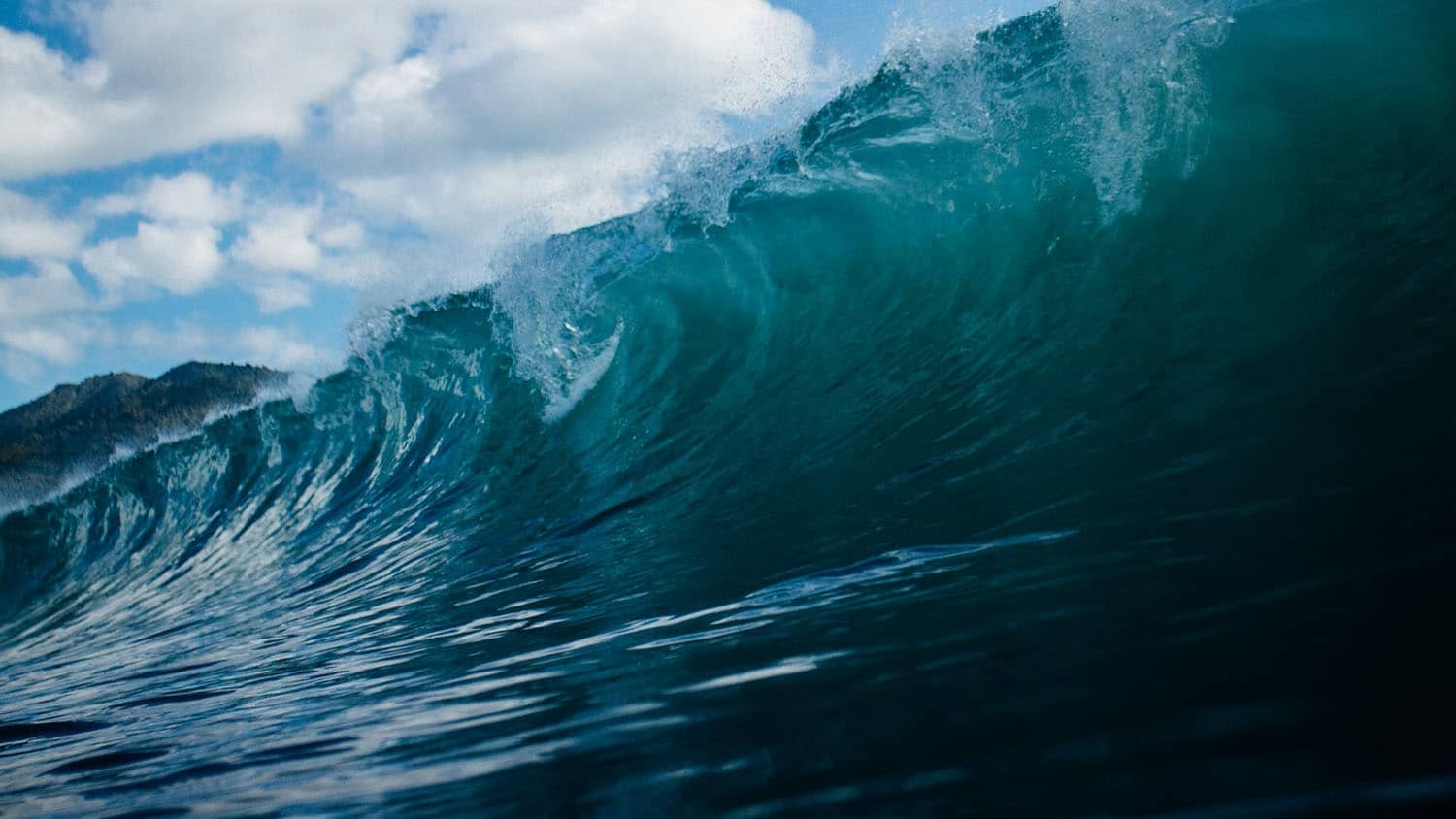
New Tool Aims to Boost Ocean-Based Renewable Energy
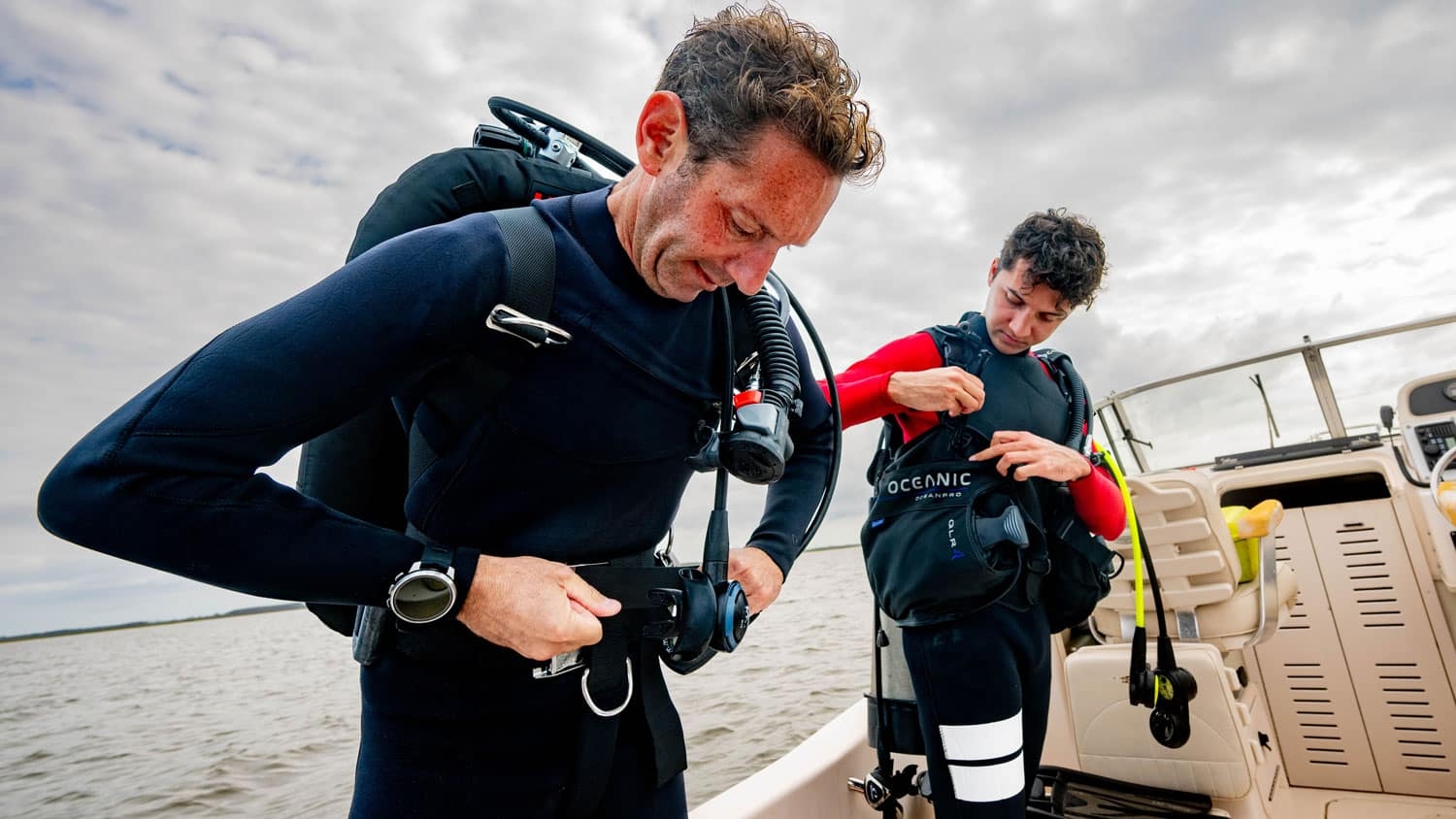
NC State on the Coast
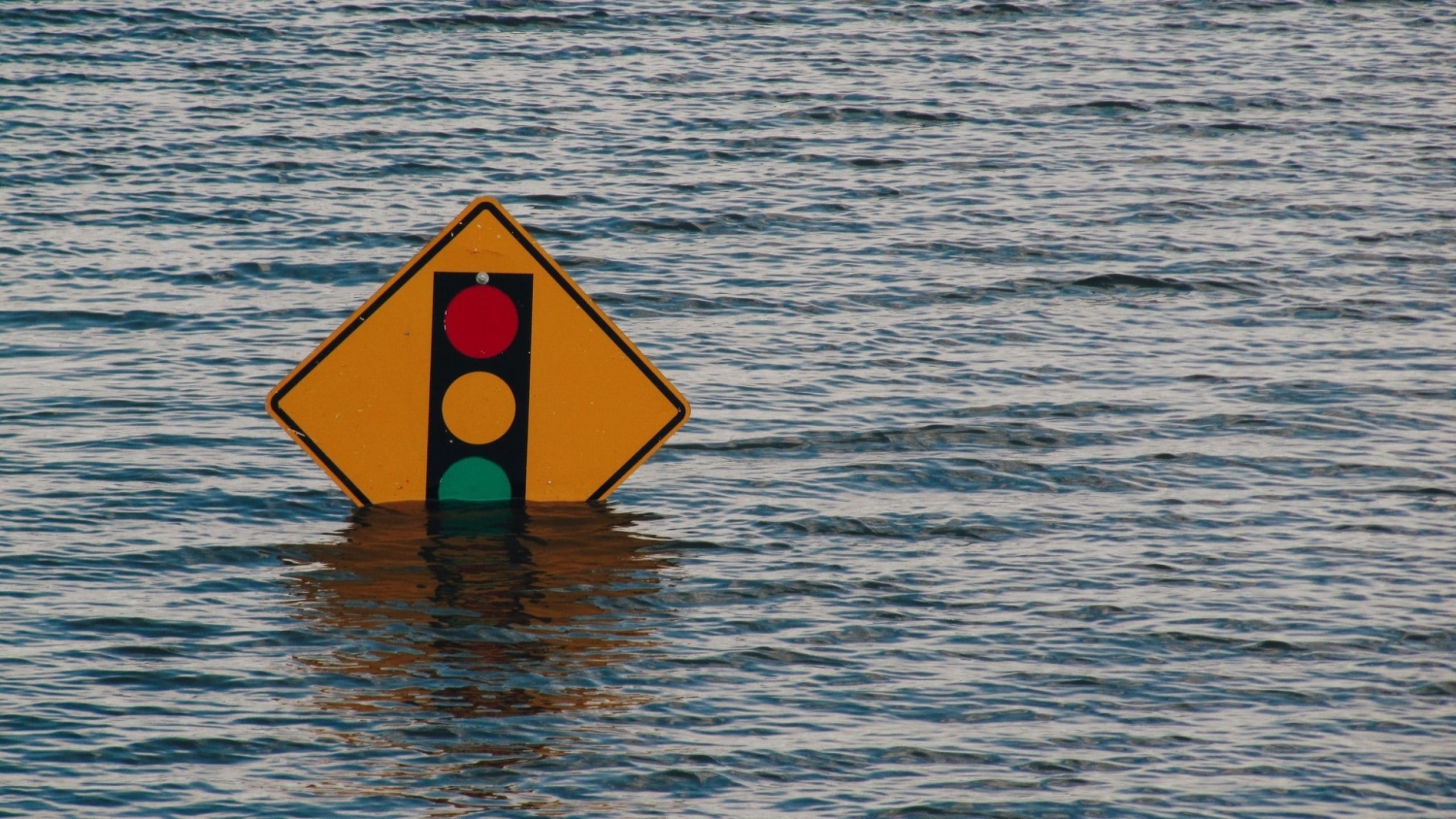
How Do You Restore Power After a Flood?
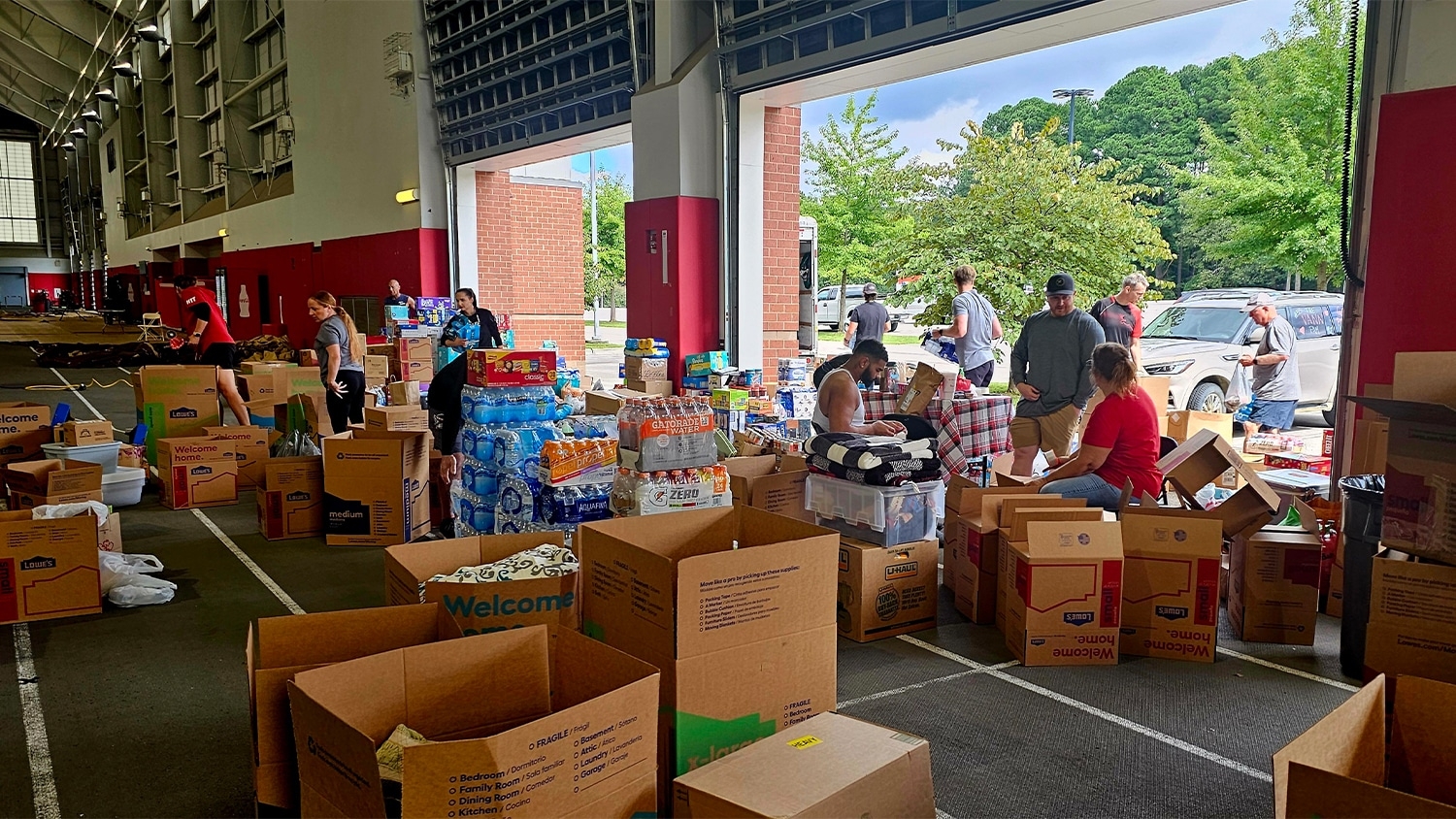
Stepping Up for Hurricane Relief

Atmospheric Methane Increase During Pandemic Due Primarily to Wetland Flooding
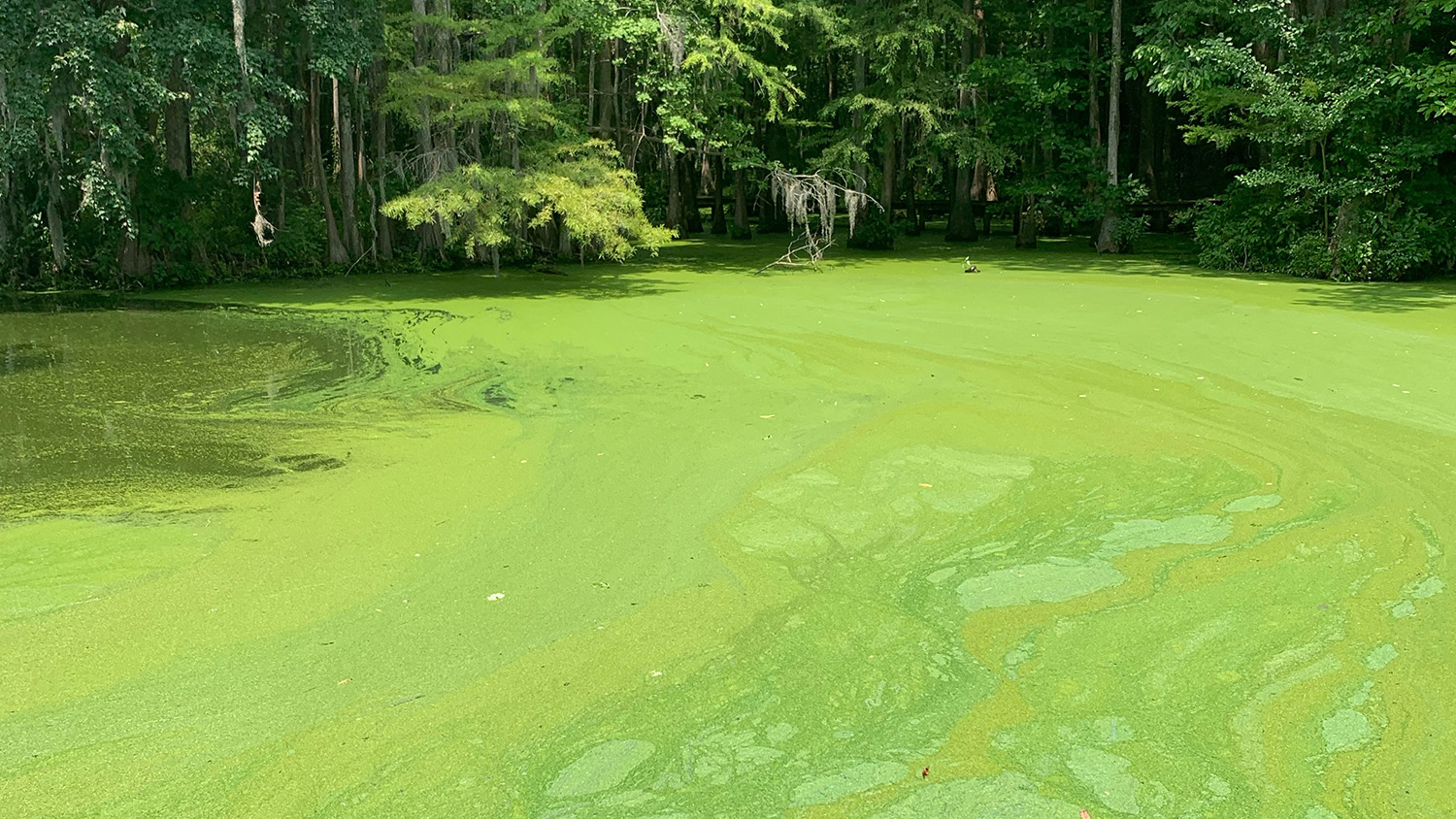
The Bloom Is Off
